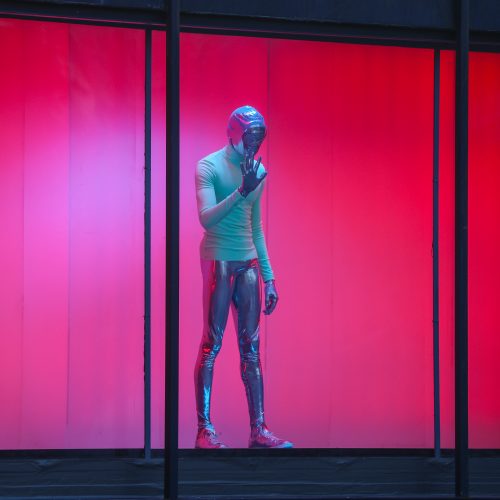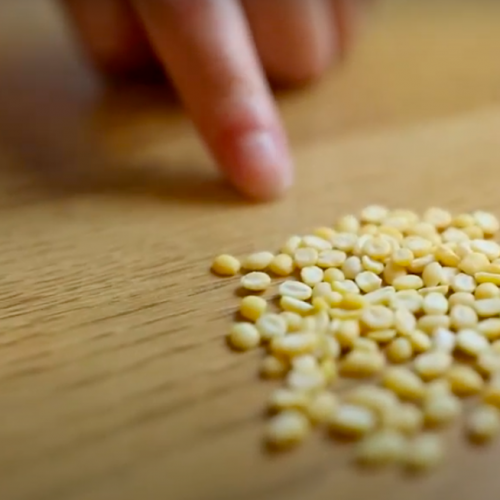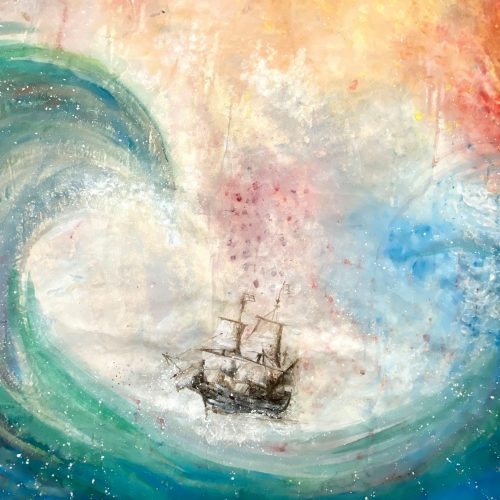Heritage Programme
Our Heritage programme, which was funded by the National Lottery Heritage Fund and Southampton City Council, sought to explore the stories of and celebrate communities living in Southampton. We used Mayflower 400 as an opportunity to generate a greater understanding of the Mayflower story as well as explore the city’s wider and long history as a place of journeys, migration and sanctuary.
Funded by the National Lottery Heritage Fund
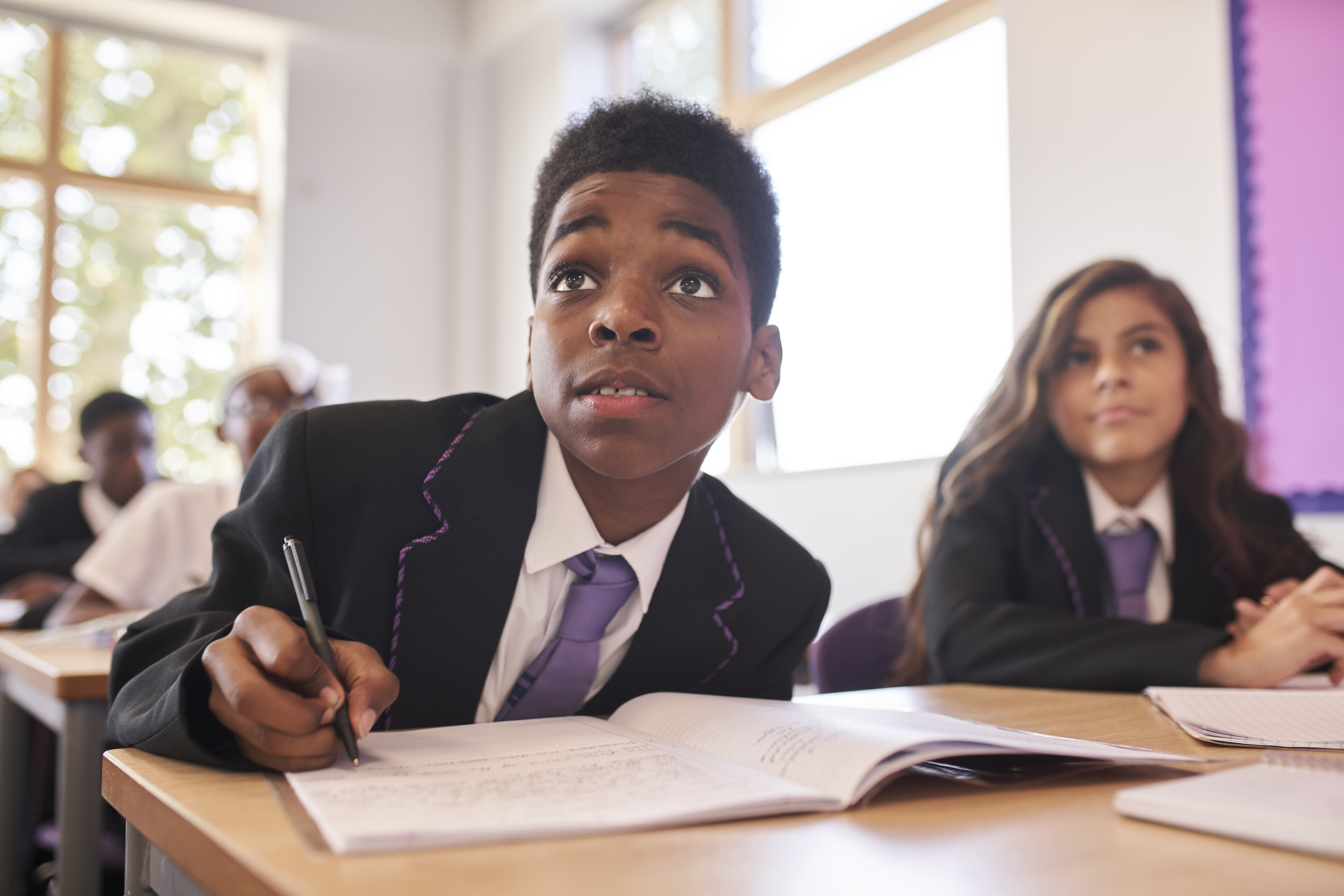
Education Resources
These educational resources, released as part of the Mayflower anniversary programme, have been produced to connect school pupils with our local history as a global gateway and a City of Sanctuary.
Both rich with visual and film content, resource one focuses on the 1620 Mayflower journey and its impact, whilst resource two explores Southampton’s longer history as a place of migration and refuge.
Resources have been written by teachers for teachers, curated and shaped by Oasis Academy Mayfield, supported by international and local historians including: Paula Peters of the Wampanoag tribespeople, Professor Tony Kushner, Dr Nazneen Ahmed and Don John. The 1620 resource is the first on the UK school’s Mayflower scheme created from a bicultural (English/Wampanoag) perspective. Download the resources here.
Migration Films
To complement our Education Resources we worked with local filmmakers Doherty Associates and City Eye to create a set of films exploring Southampton’s history as a city of migration and refuge. In partnership with locally-based historians, Professor Tony Kushner, Dr Nazneen Ahmed and Don John we have eight films exploring 14 stories which cover significant moments in Southampton’s role as a Gateway City. This does not cover all the aspects of migration that have occurred through the centuries, nor cover every people group, but the common themes of finding refuge and a new home in Southampton are explored in depth through the education resources. Access the films here.
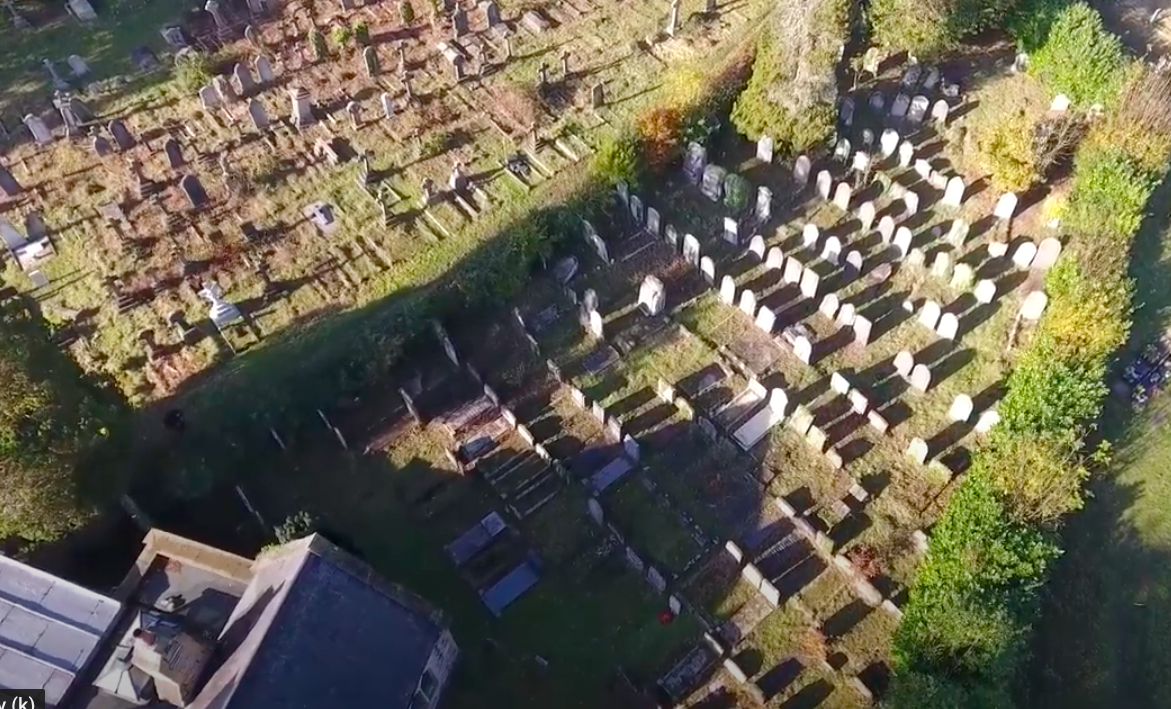
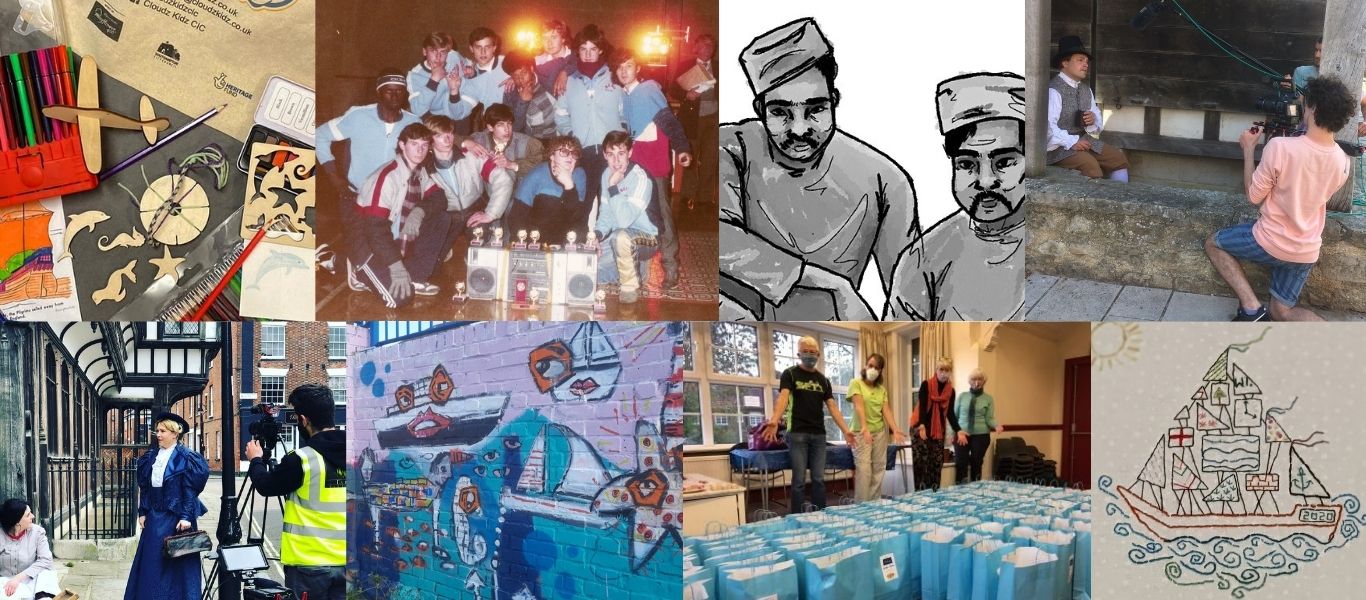
Grant Scheme
Mayflower 400 have been able to award £60,000 of grant funding to 21 local community groups to deliver their own projects. These projects will allow communities to tell their stories, give ‘hidden histories’ a platform to be explored and allow new voices to be heard in Southampton. The projects explore a wide range of heritage stories; the details of which can be seen here.
ESOL Learning
This exciting partnership between Southampton City Council Cultural Services, Southampton City Council Adult Learning and the CLEAR Project aims to offer rich cultural opportunities as well as English as a Second or Other language (ESOL) teaching to members of Southampton’s diverse migrant communities. These resources are aimed that those who find it difficult to connect to the city or whose level of written or spoken English excludes them from easily accessing Southampton’s cultural offer. Click here for a series of free downloadable activity sheets, trails and packs that explore the town’s amazing history and improve English language skills.


Oral Histories
Community film resource, City Eye and oral historian Padmini Broomfield have worked together to reveal the stories of 12 BAME and migrant community members living in Southampton. Throughout 2020 and 2021, their stories were collected, recorded and transcribed.
The collected stories, in part, inspired our large-scale music commission, Voyages of the Heart. The stories are also be used to inform our School of Sanctuary linked education programme which will focus on migration to, and transmigration via Southampton. They also informed a series of workshops with 14 young people who created short films inspired by the stories.
Full transcripts and recordings are available from Southampton City Archive. Listen to a selection of the oral histories here.
Wampanoag People
Wampanoag Scholar, Paula Peters, her team at SmokeSygnals and the Wampanoag Advisory Committee worked with the Mayflower 400 team in Southampton for two years to ensure the Wampanoag people were represented within the programme. Funding secured from the National Lottery Heritage Fund has allowed us to work together on numerous projects.
Wampanoag dancers and musicians have recorded themselves performing traditional Native American dances. Paula Peters worked with our education providers, Oasis Academy (Mayfield), to develop new education resources for schools. Robert Peters, a Mashpee Wampanoag artist, writer and poet was invited to judge the Mayflower 400 themed Open Exhibition by Southampton City Art Gallery. In partnership with Southampton Film Week, Paula Peters’ documentary ‘Mashpee Nine’ was screened as part of Native American Heritage Month. We have also worked with our Wampanoag partners to produce numerous educational videos. See more content here.
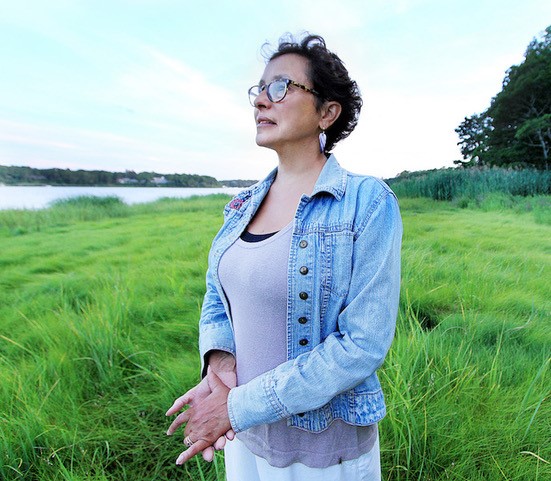
Funded by Southampton City Council
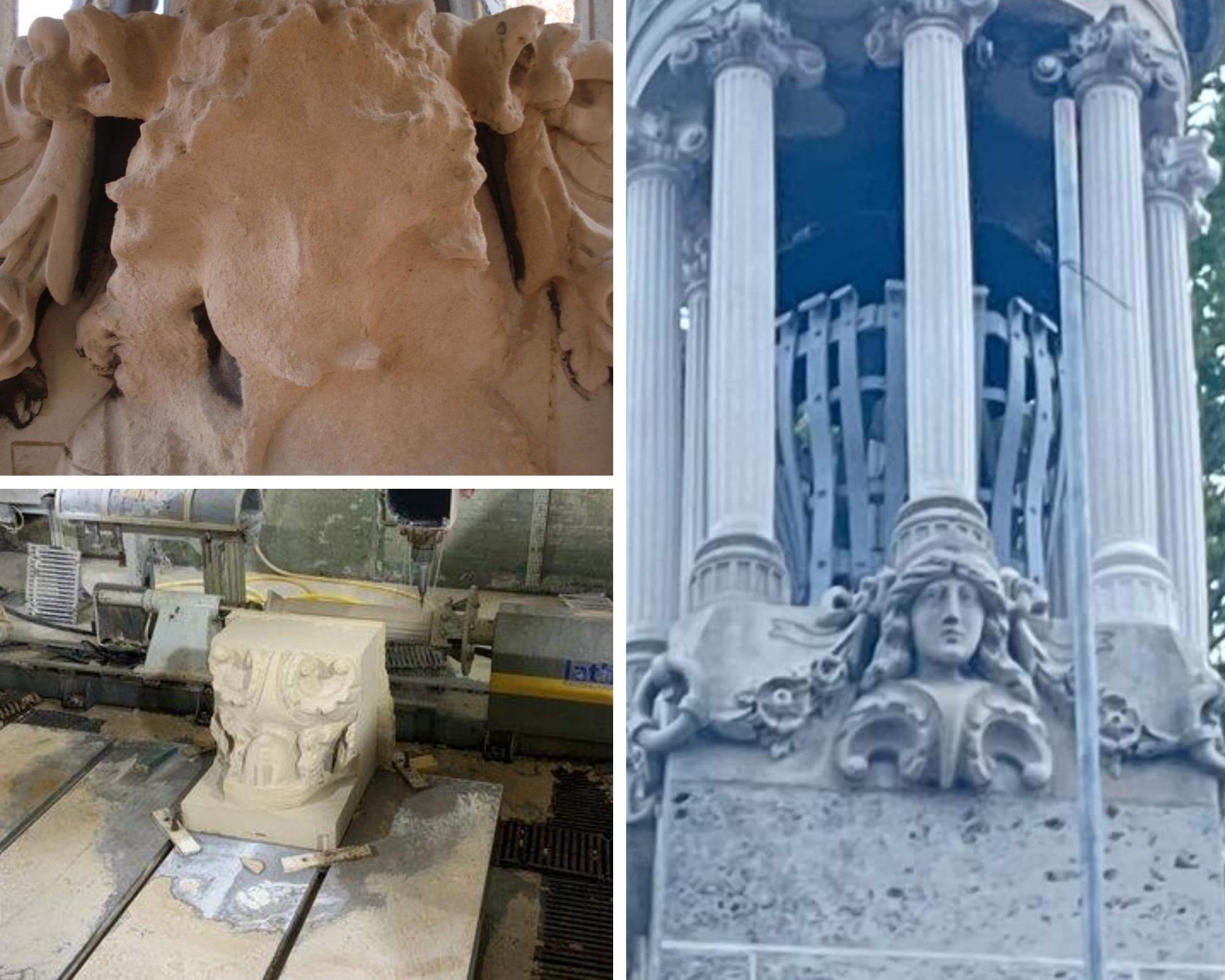
Memorial Restoration
During 2020 the Mayflower Memorial, also known as the Pilgrim Fathers’ Memorial underwent significant restoration work
It was built in 1913 to commemorate the departure of ‘the little company of Pilgrim Fathers who were destined to be the founders of the New England States of America’ on 15 August 1620.
Built of Portland stone and about 50 foot tall, the memorial has eight plaques dedicated to the memory of pilgrims, passengers and crew, including the Hopkins family, Edward Doty and John Alden, who were all from the local area. In 2020, two new plaques were added to mark Southampton as a place of migration and acknowledge the impacts of colonisation on the Native American people.
Wampum: Stories from the Shells of Native America
Wampum: Stories from the Shells of Native America is the story of Wampanoag Native America. The exhibition toured various Mayflower 400 partners and opened in Southampton in August 2020 to mark the anniversary. Some 5,600 people visites between August and November 2020 when it was on display at Southampton’s SeaCity Museum
Uniting contemporary indigenous artists and educators in the USA with museums and historic collections in the UK, the exhibition featured the first artistic UK commission to acknowledge our cultural connection to the Wampanoag Native American nation – a new wampum belt. Wampum belts are a tapestry of art and tribal history. Made from the purple and white shells of the whelk and quahog, wampum beads embody the Wampanoag connection to the sea and to life itself. Each shell bead is imbued with memory and meaning by the maker.
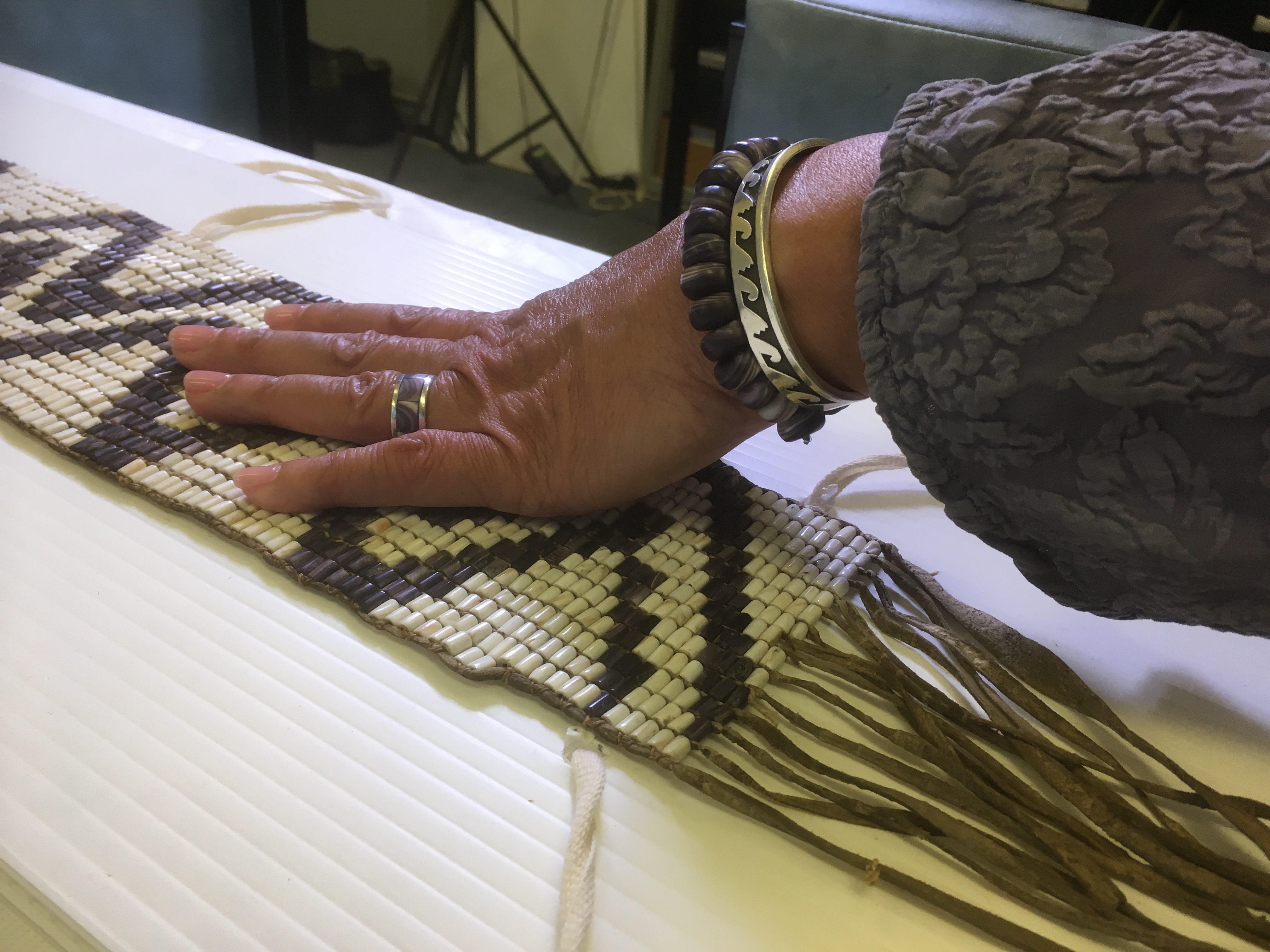
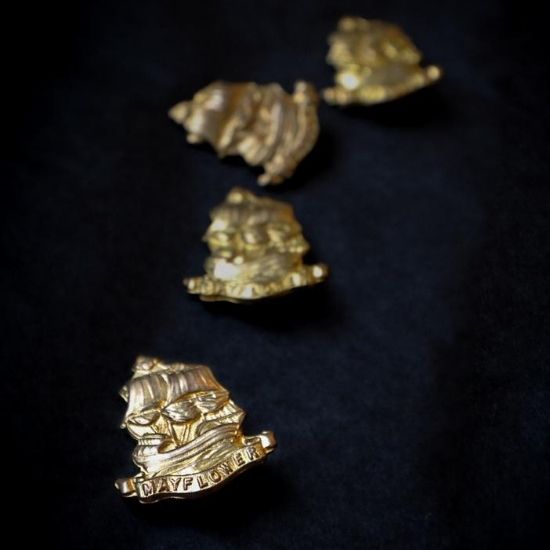
Commemorations and Arthur
Southampton has commemorated the Mayflower voyage in many ways throughout the years. This was explored through SeaCity’s exhibition Commemorations which was open February – August 2020. The exhibition explored some of the significant events and individuals commemorated in Southampton. The nature and focus of commemorative events have evolved over time, with a more inclusive approach used today. The focus of the commemorative events has widened from merely being a celebration of Anglo-American culture, to acknowledging the disastrous consequences of the arrival of European settlers upon the indigenous population of America.
In 1970, to mark the 350th anniversary, there was a ceremony held at the Mayflower Memorial. Here you can watch Arthur Jeffery, organiser of that event, recall his memories from the time. You can also listen to a podcast by Professor Tom Hulme who explores why the Mayflower began to be remembered in Southampton in the 19th century.
Letters to the Mayflower
In 1620, one of the key events that happened in Southampton was the reading of a letter from John Robinson, the Puritan Separatists Pastor who had remained behind in Leiden; this was read on board the ship before she sailed away.
The letter discusses how to live onboard, and in their planned new settlement, in a way that is understanding and accepting of difference. We invited to the Wampanoag people and the Mayor of Southampton to write a letter for today, either reflecting back to 1620, or giving their opinion on how you live well together as a community.
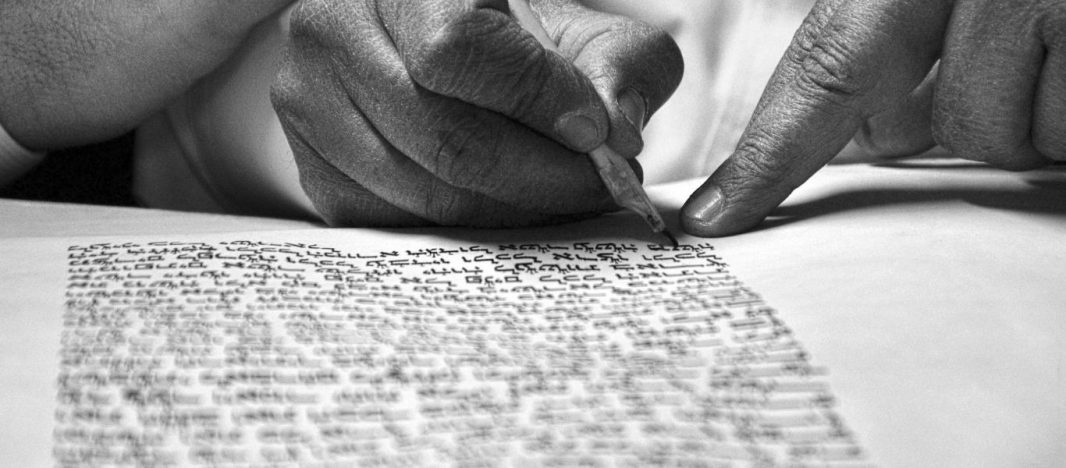
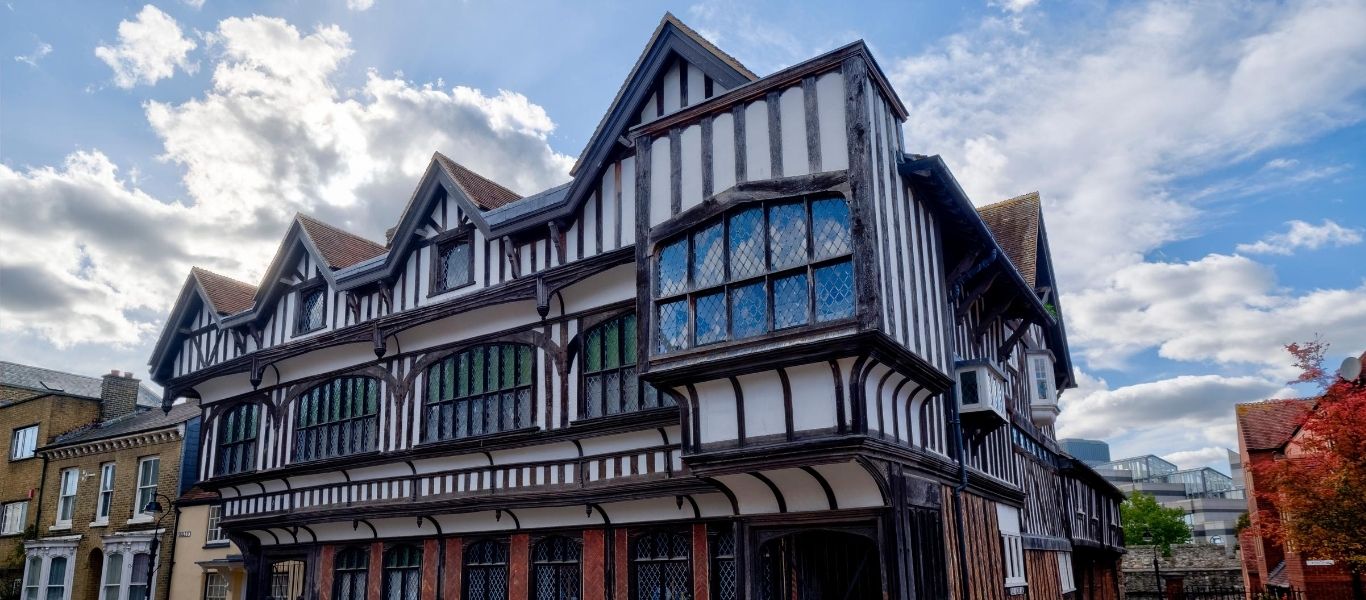
Southampton 1620
Even in 1620, Southampton was a thriving seaport which had sent many ships across the Atlantic in the past. The Mayflower and Speedwell chose to meet in Southampton as it had everything they needed to prepare themselves for the journey. Then, a town with a population of 4,200, it looked very different to the vibrant city we know now.
